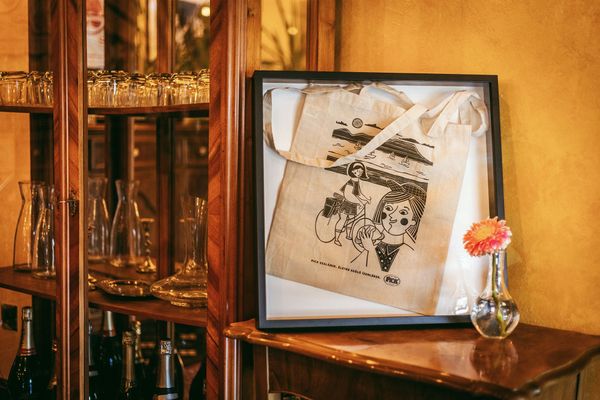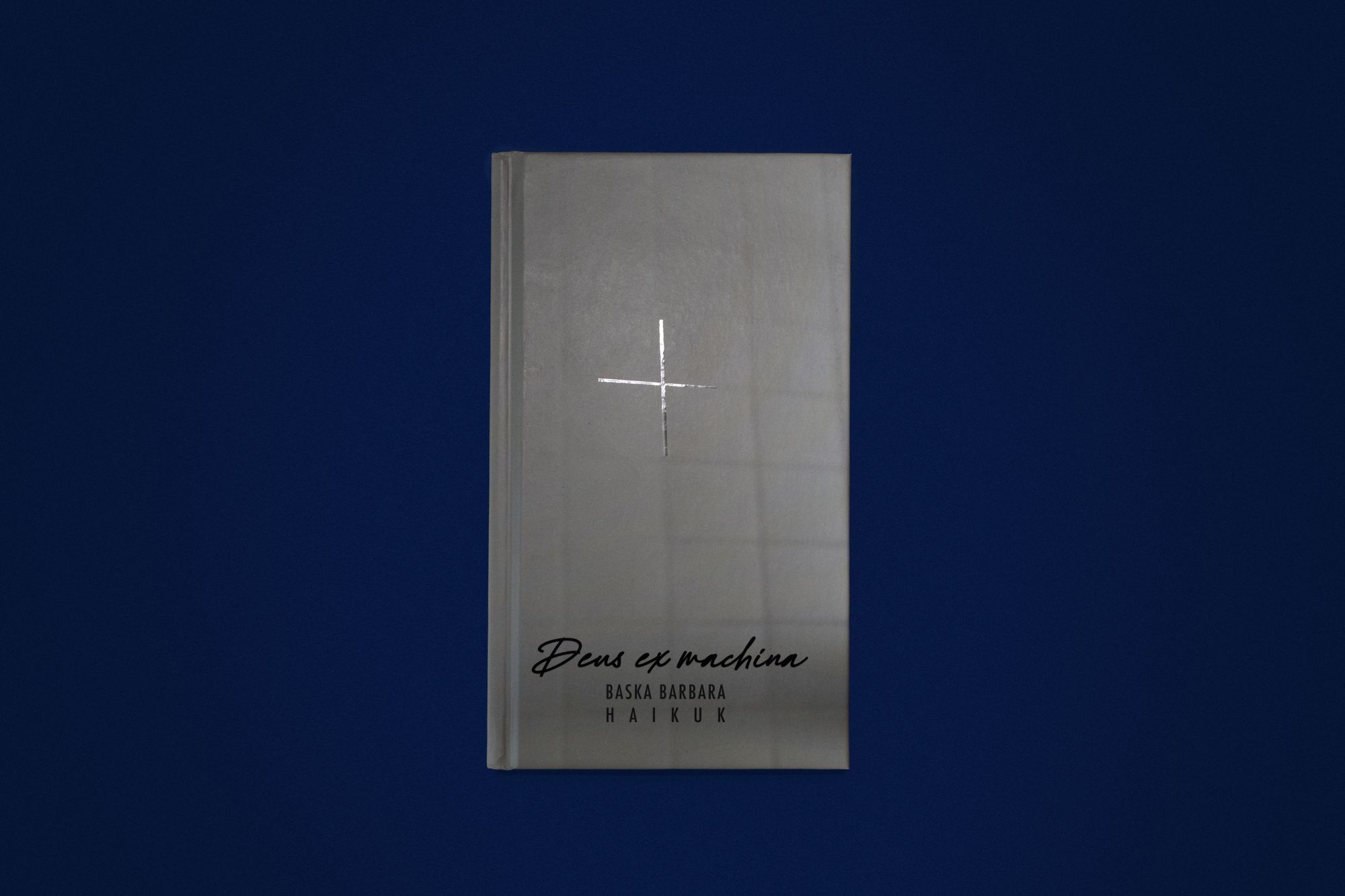The will of the Lord, a baby, and a lot of time in the hospital—these were the things that inspired Barbara Baska to write her book of haiku, Deus ex machina.
Barbara Baska is creative to the core, being the daughter of the fine artist and graphic designer Katalin Rényi and József Baska and the granddaughter of Tamás Rényi, it was as if she was destined to do art. Besides her work as a cinematographer and graphic designer, her poetic vein, which she has hitherto only considered a hobby, has now also come out in the open with the publication of her first book of poems, Deus ex machina. She talked about the busy and stressful events of the past year and the birth of her haiku.
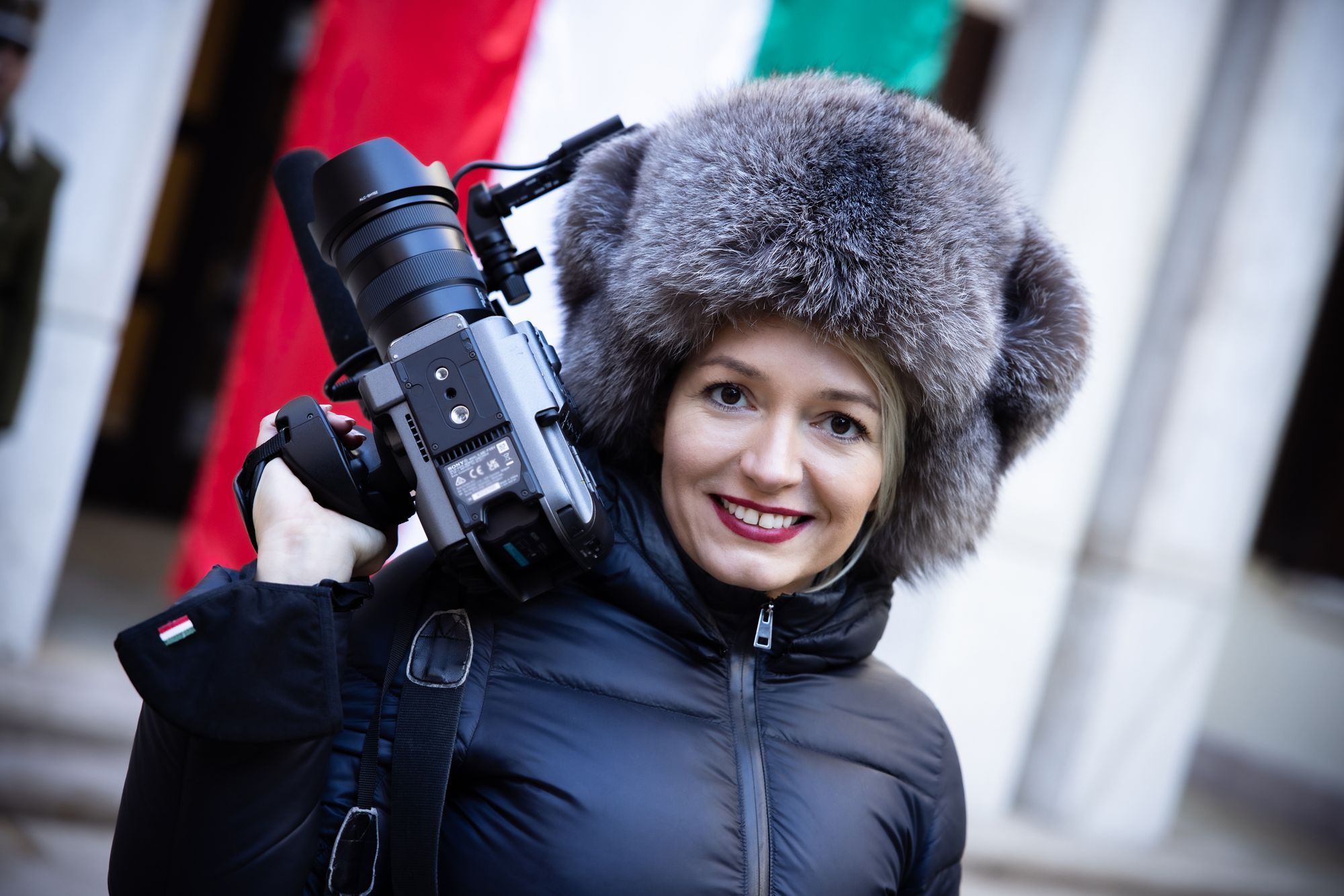
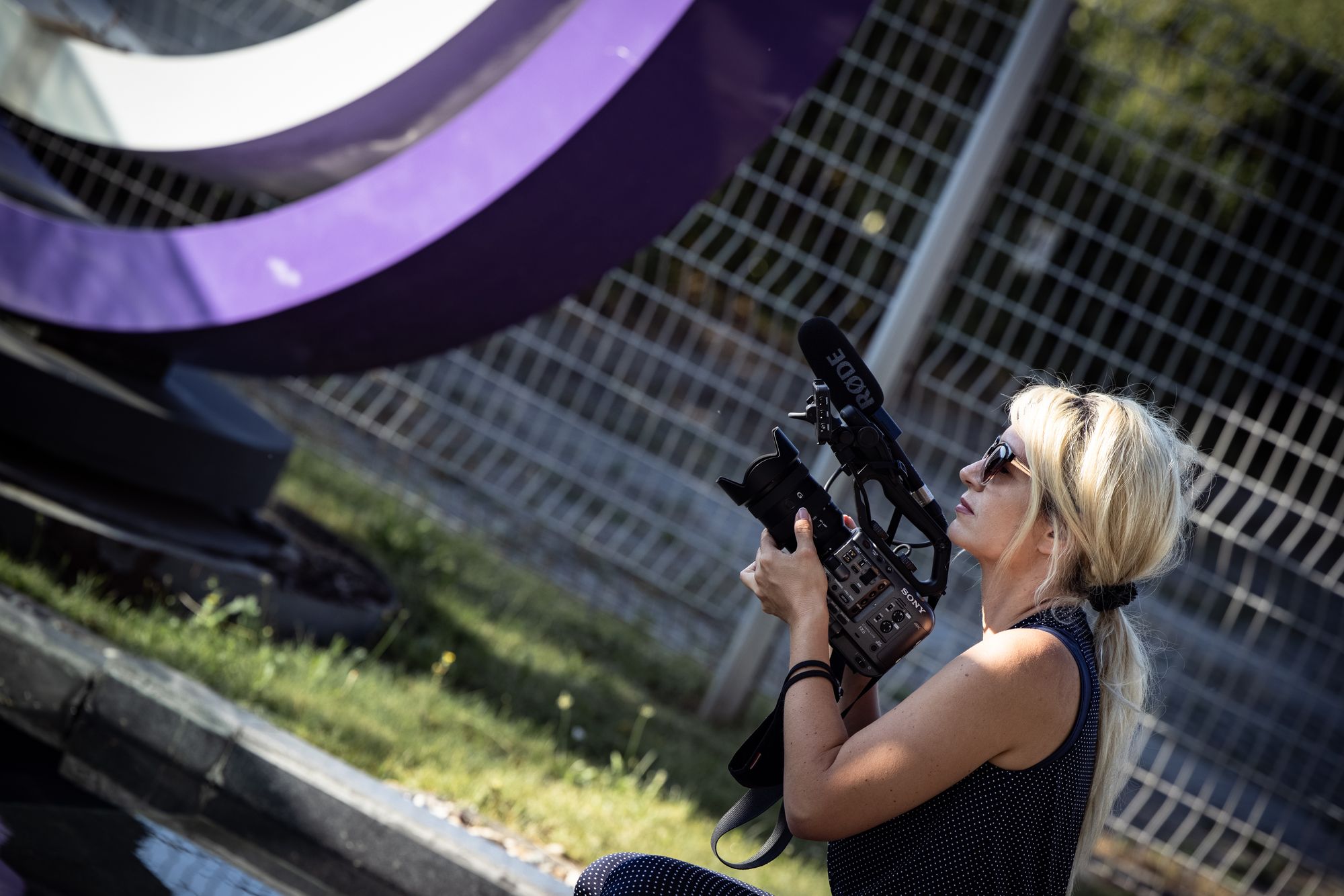
What happened last year that catalyzed the creation of your book?
2022 was a pretty busy year for me, the main event being the arrival of my baby boy. Along the way we had to face a handful of difficulties, including Covid, then a car accident a few weeks later, followed by a gall bladder operation and a complication of that, a lung hemorrhage. I was eight months pregnant at the time and three weeks after leaving the hospital I had my baby boy, who is healthy and beautiful despite everything. While I was in intensive care in the hospital after the gall bladder operation, suffering from the lung hemorrhage, I communicated with poems. I wore an oxygen mask for a while and I had no other way to communicate my feelings and situations to the outside world, so I tried to write them out. I’ve been writing haiku for a long time, I didn’t just start, so I captured these moments this way in a very raw, documentary style. I saw them not as analysis and abstraction, but as raw reality. When I was writing these poems, I felt I had no choice but to get them out, but of course, I wasn’t thinking about a book at that time. It was a very strange feeling.
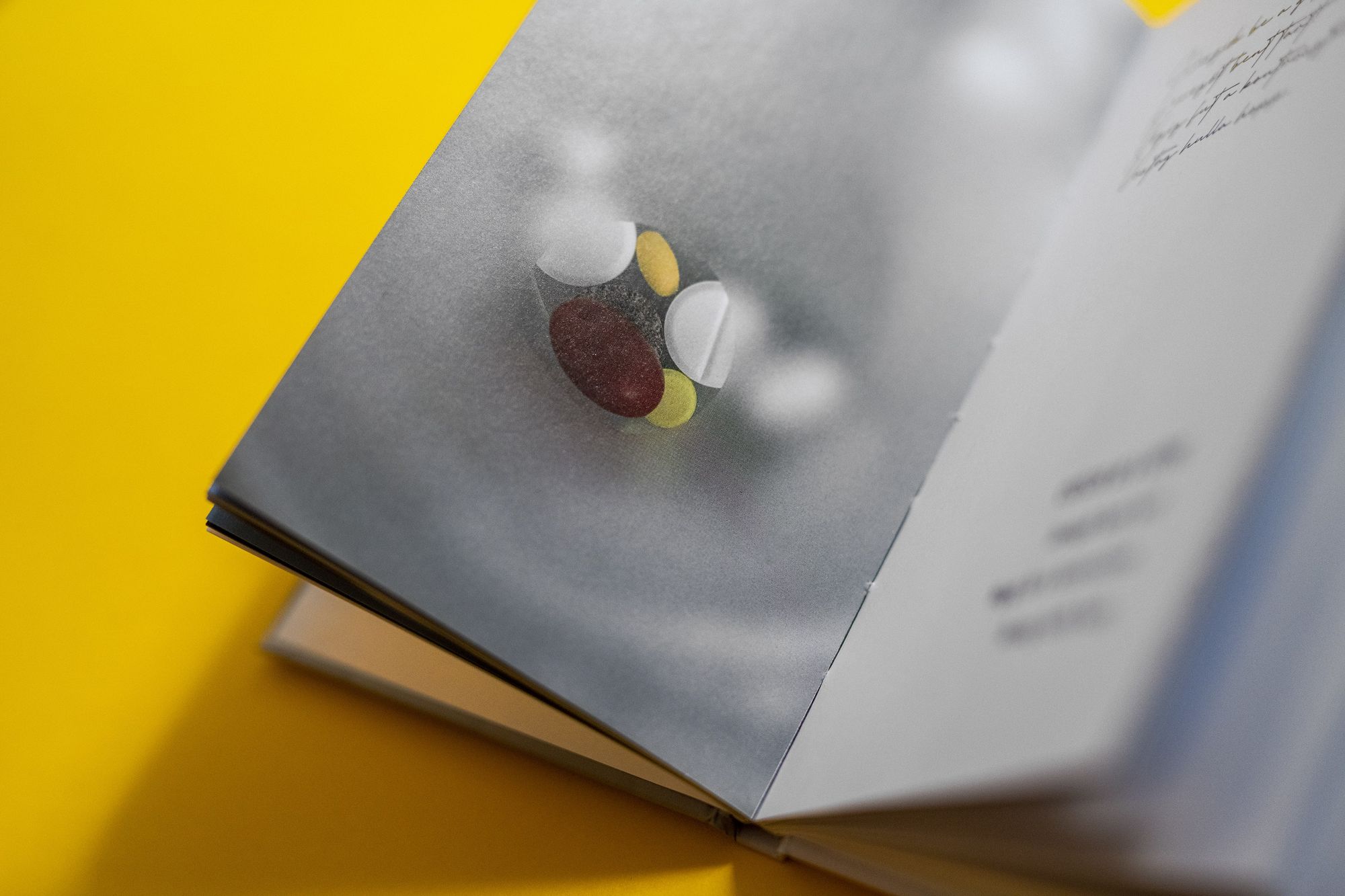
This way you combine your two professions, as you also make documentaries, where the aim is also to capture moments.
Yes, I always say that nothing is more beautiful than reality. The fact that we have managed to survive all this, and that we have been so well looked after by the doctors and by the Lord—it was very important for me to talk about this subject. During those weeks I had my faith by my side and the doctors and nurses who helped us and brought us back to life with their expertise, love, and presence. They made sure that little Lex didn’t arrive prematurely. This whole series of experiences is what has translated into a book of poems, which was finally published by Trend Kiadó a month and a half after the birth, last December.
Why did you choose the strict, bound genre of haiku to express your emotions and experiences?
I think it’s a very exciting form, it has Japanese roots, and although we’re less following the traditional Japanese line, most of us are thinking more of a quasi-European type of haiku. Its simplicity and beauty come from its limitations, which for me is a support, and I see in it all the potential. In retrospect, it’s a very fascinating parallel that the limitations of the weakened body lying in a hospital bed, hooked up to a respirator, are very similar to the limitations of haiku. As I came out of that with my baby, these poems came to life and were published in the form of a book.

The look and feel of the book clearly show that you are working in a visual profession. Why did you decide to include the poems in handwritten form?
It has to do with the special language and writing of doctors, which is understood almost only by themselves, and maybe even by pharmacists. I wanted to treat this subject.
You have also made the book much more personal because you can tell a lot about a person by their handwriting.
Yes! The visuals of the volume reflect me in every way, as I was the graphic designer who put it together. I also edited pictures into it, which were taken at the time, in the hospital with a phone, and are very raw, intentionally. The photos are only sharp at a certain spot, and you can only see certain moments in them, precisely so as not to reveal too much, as I had already put enough of my emotions on the table in the poems. I didn’t retouch the pictures, I didn’t want to embellish anything, because, as I said, there is nothing more beautiful than reality.
It was already clear that religiousness is important to you. Does the title, Deus ex machina, also stem from the same root?
Faith was a great help to me in those days. Even before Covid, I had planned a film about doctors with this title—I would like to make it as soon as I have the chance. When the book was written, I was thinking about how to summarise the help and miracle that had come to me, and I realized that this is the point of what is called in drama divine intervention, deus ex machina. When God steps in and solves everything. After that, I felt there could be no other title.
Did the film’s plan change based on your own experience?
It only underlined its importance three times! My film is also about how we can’t be grateful enough to doctors and nurses. It’s a miracle that people live their lives, and then something happens to them and they help them through it so they can get on with life. That’s partly what the book is about, it’s a book of gratitude to those who were there. I want to talk about that as much as possible so that we mortals can understand that they are much closer to the Lord. They are present, with knowledge, with spirit, with faith and it all shines through them.
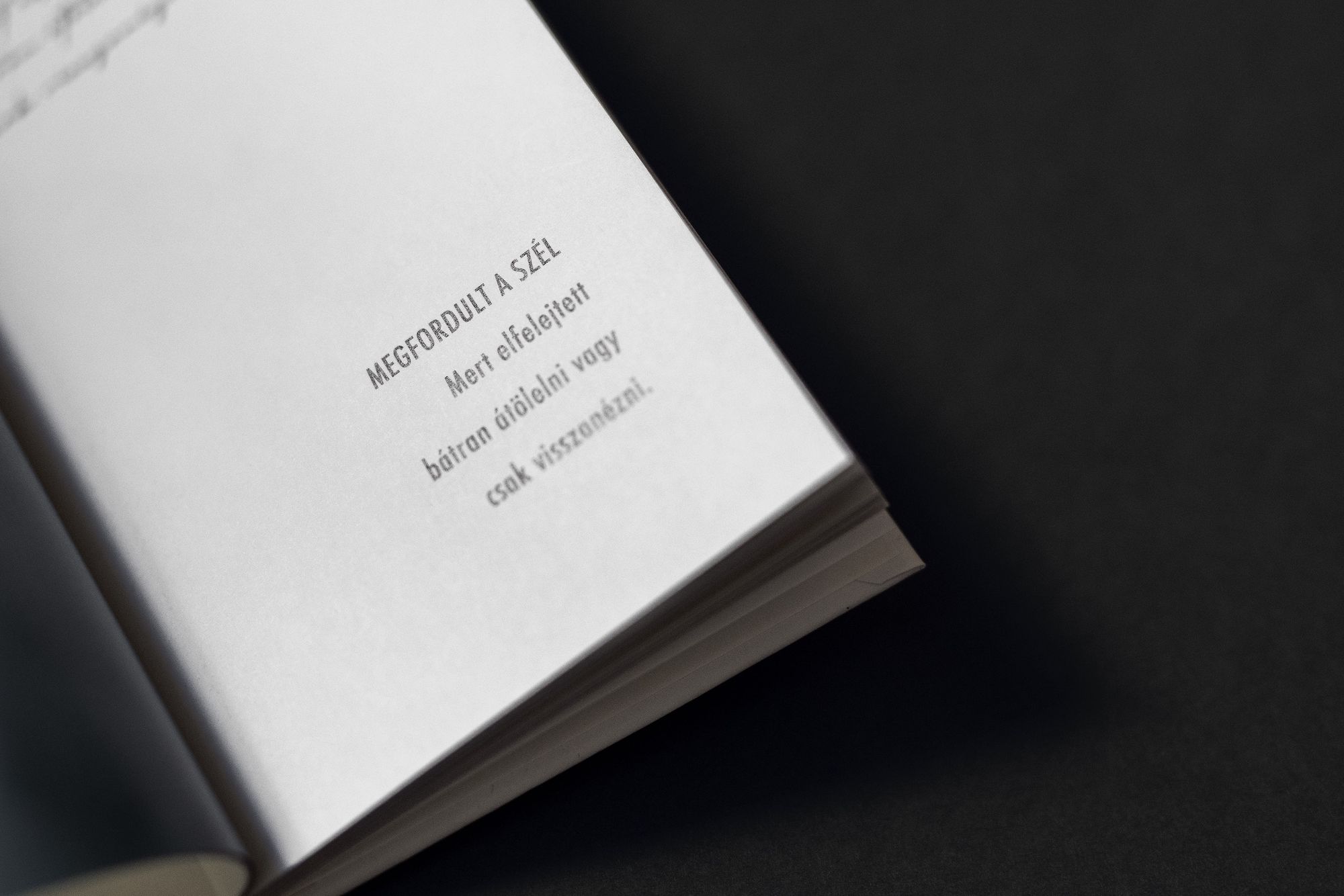
The book is published by Trend Kiadó and is available in Libri and Líra bookshops.
Cover and book photos: Balázs Csizik
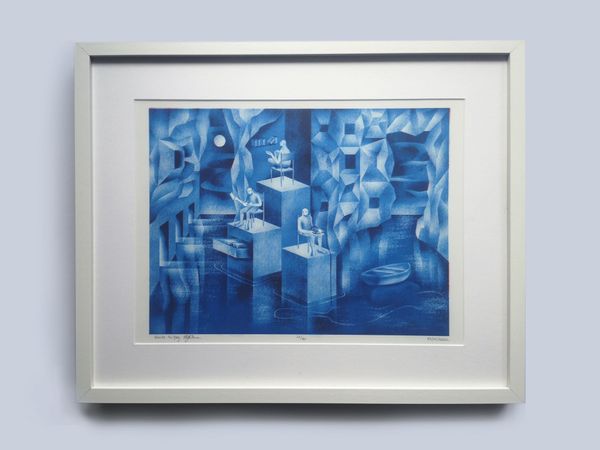
Inner Landscapes: the surreal world of Kamilla Hu-Yang
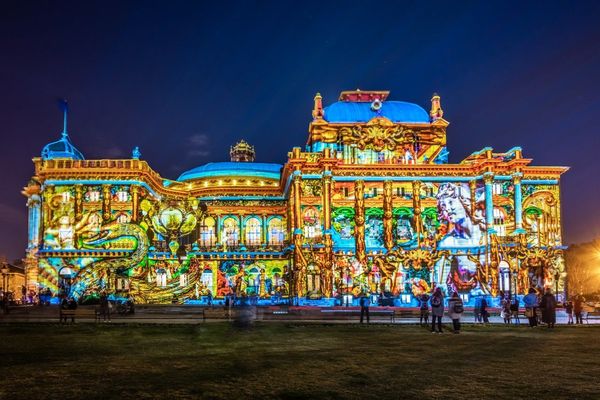
Festival of Lights Zagreb kicks off
